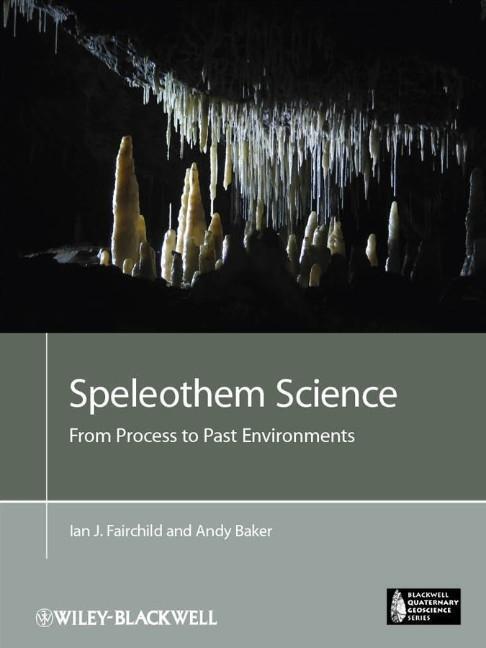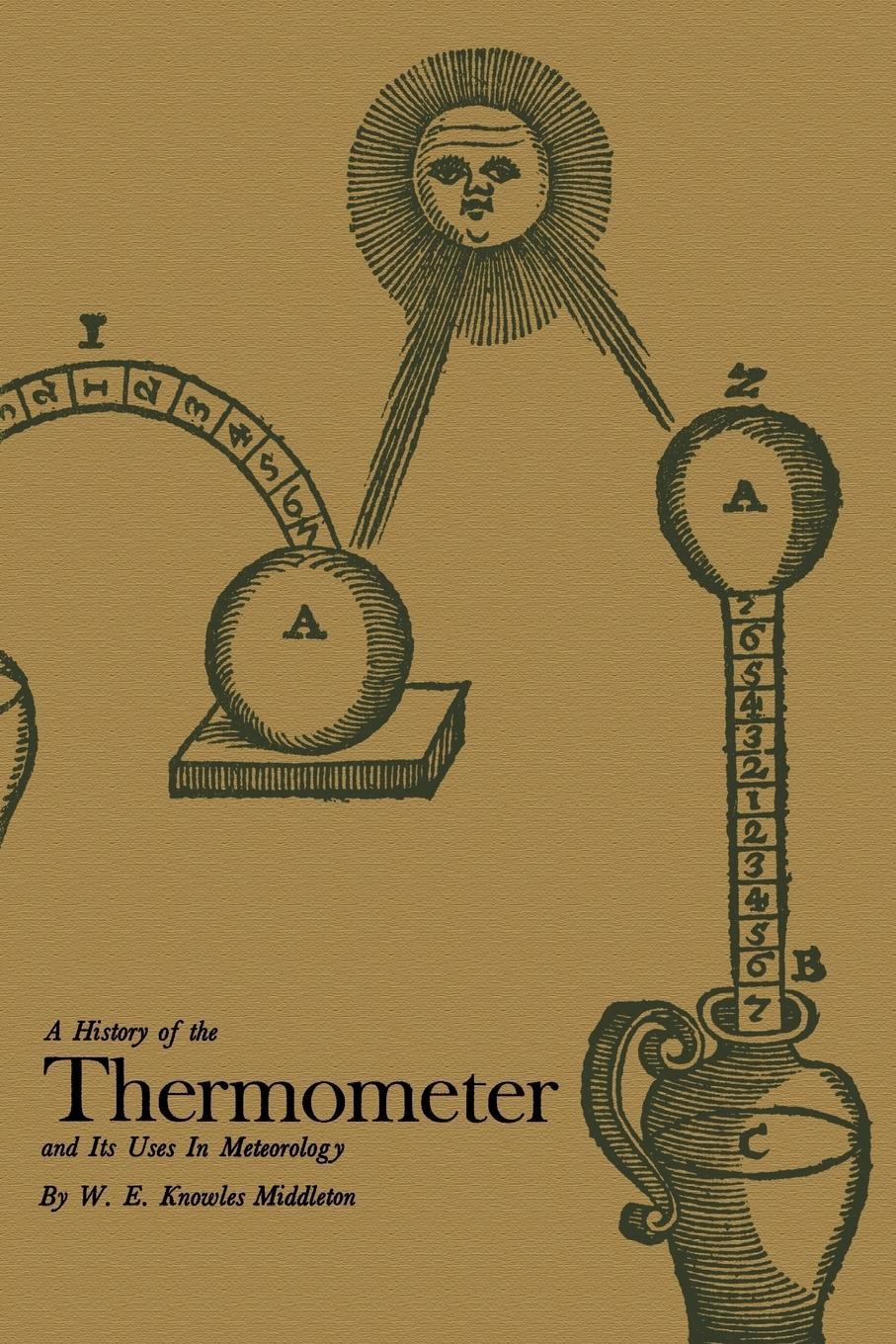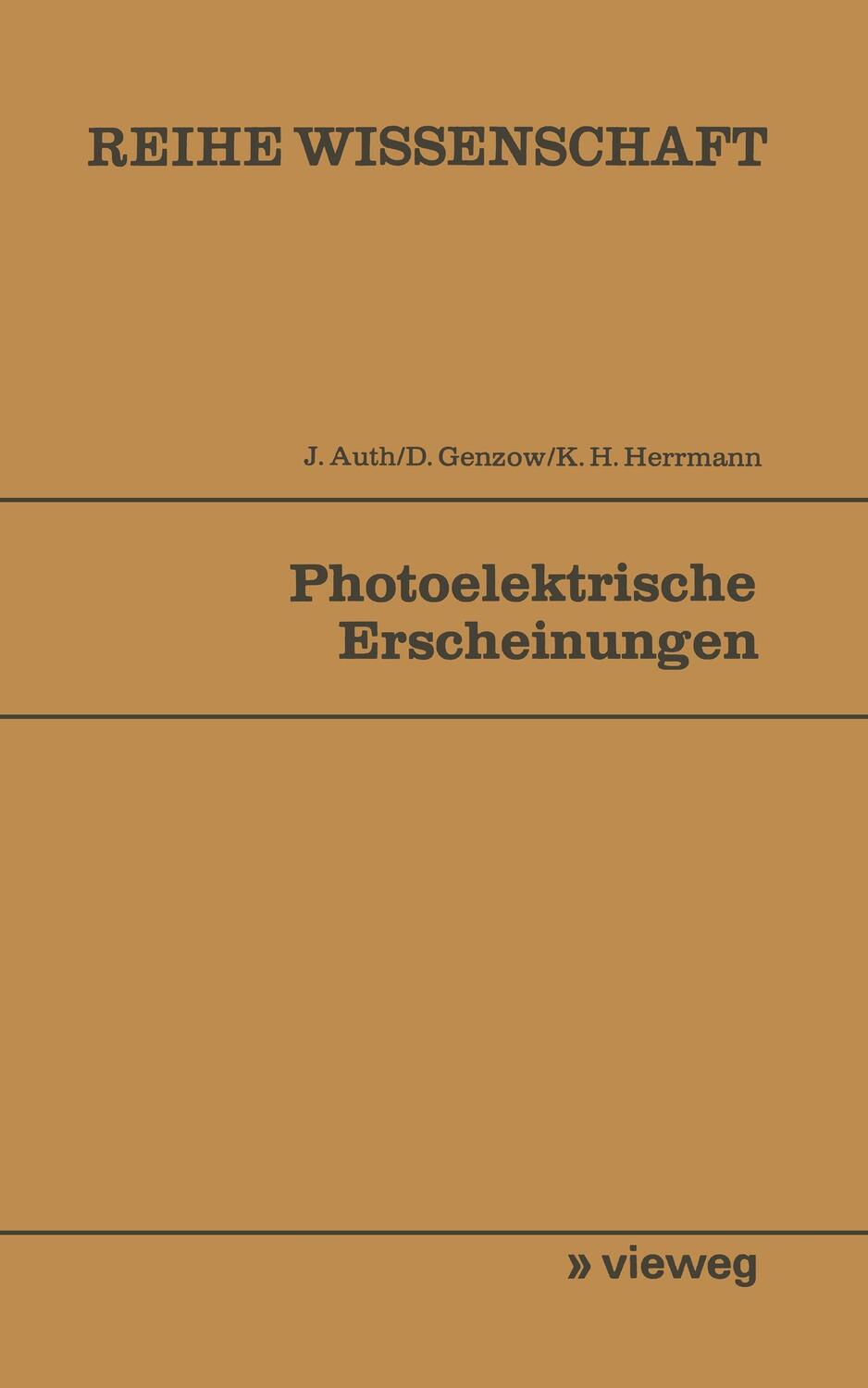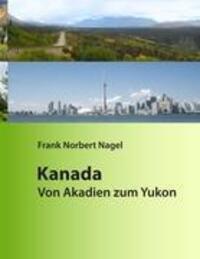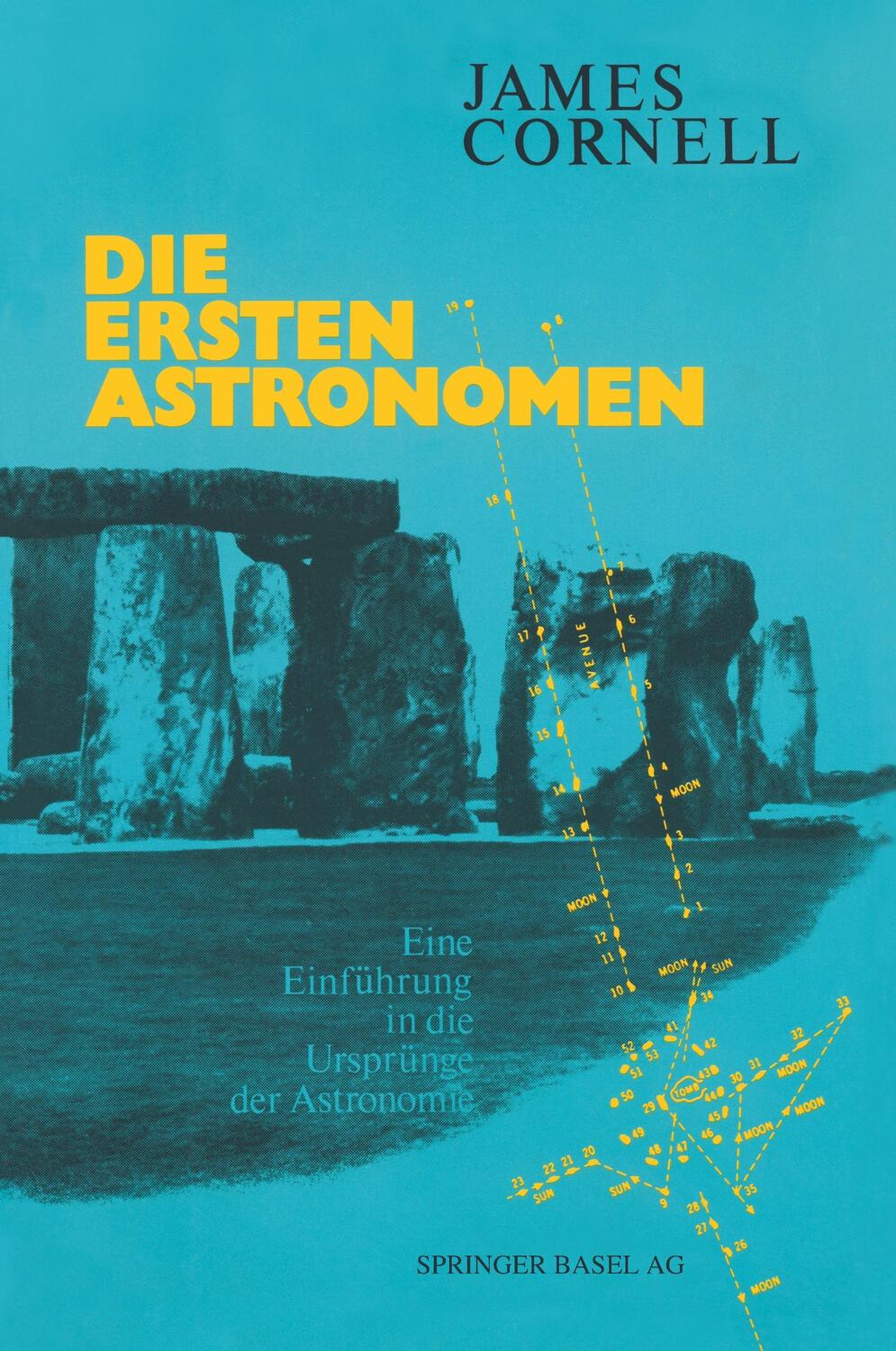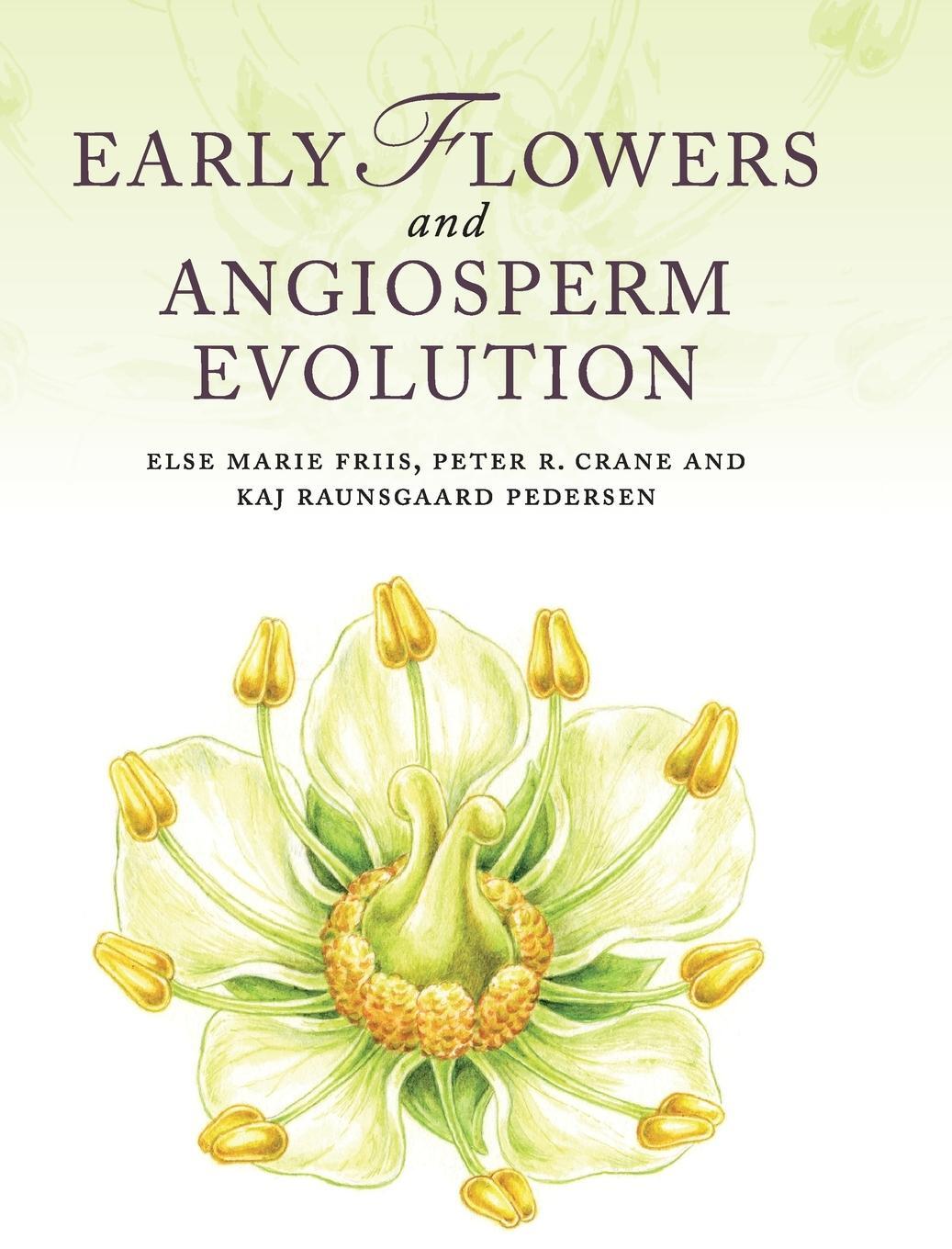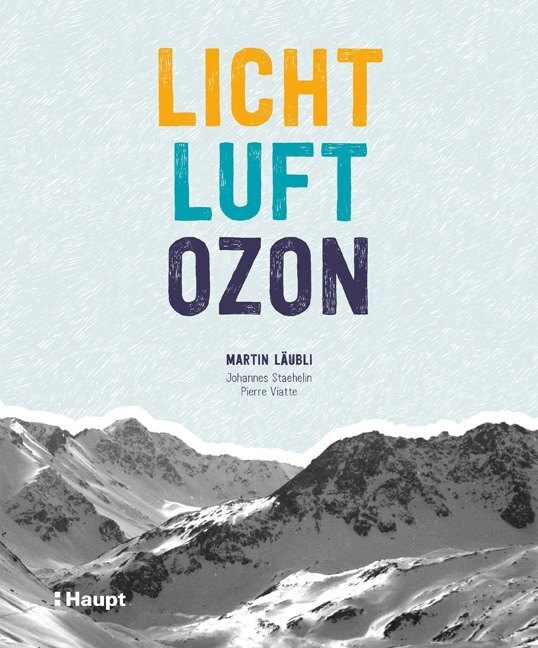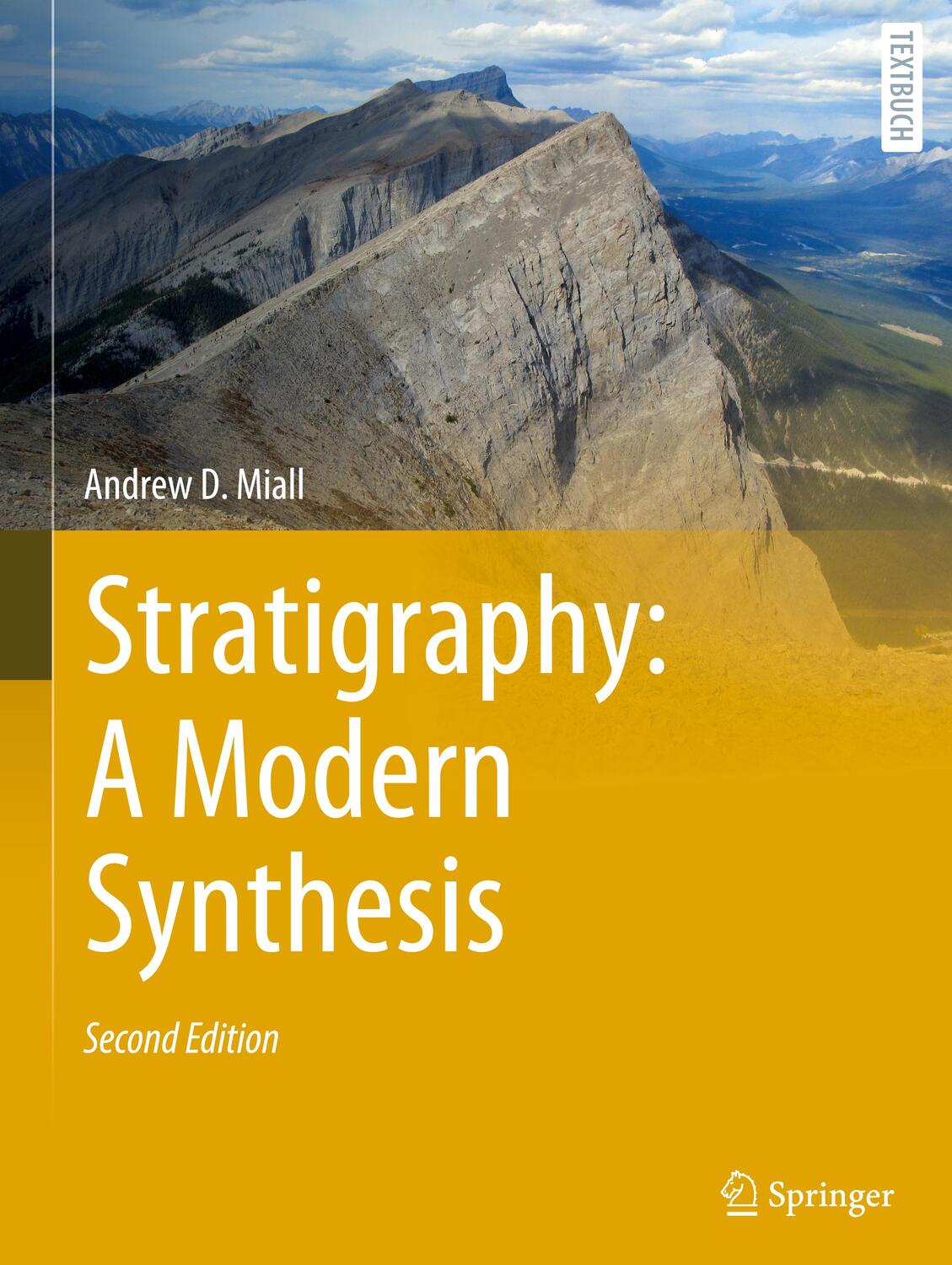143,50 €*
Versandkostenfrei per Post / DHL
Aktuell nicht verfügbar
Additional resources for this book can be found at: [...]
Additional resources for this book can be found at: [...]
Andy Baker was trained as a physical geographer, and worked at the interface of geology, physical geography, and environmental engineering. He is currently a Professor at the University of New South Wales and a chief investigator in Australia's National Centre for Groundwater Research and Training.
I: Scientific and Geological Context
1. Introduction to Speleothems and Systems
1.1 What is all the fuss about?
1.2 How is this book organized?
1.3 Concepts and approaches of system science
1.4 The speleothem factory within the karst system
2. Carbonate and Karst Geology
2.1 Carbonates in the Earth system over geological time
2.2 Lithologies of carbonate aquifers
2.3 Carbonate diagenesis and eogenetic karst
2.4 Speleogenesis in mesogenetic and telogenetic karst (with contributions from David J. Lowe and John Gunn)
2.5 Cave infilling
2.6 Conclusion
3. Surface Environments: Climate, Soil and Vegetation
3.1 The modern climate system
3.2 Water isotopes in the atmosphere
3.3 Soils of karst regions
3.4 Vegetation of karst regions
3.5 Synthesis: inputs to the incubator
II: Transfer Processes in Karst
4. The Speleothem Incubator
4.1 Introduction to speleophysiology
4.2 Physical parameters and fluid behaviour
4.3 Water movement
4.4 Air circulation
4.5 Heat flux (authored by David Domínguez-Villar)
4.6 Synthesis: cave climatologies
5. Inorganic Water Chemistry
5.1 Sampling protocols for water chemistry
5.2 The carbonate system
5.3 Weathering, trace elements and isotopes
5.4 Carbon isotopes
5.5 Evolution of water chemistry: modelling sources and environmental signals
6. Biogeochemistry of Karstic Environments
6.1 Introduction
6.2 Organic macromolecules
6.3 Pollen and Spores
6.4 Cave faunal remains
6.5 Synthesis and research gaps
III: Speleothem Properties
7. The Architecture of Speleothems
7.1 Introduction
7.2 Theoretical models of stalagmite growth and of stalagmite and stalactite shapes
7.3 Geometrical classification of speleothems
7.4 Mineralogy and petrography
7.5 Synthesis
8. Geochemistry of Speleothems
8.1 Analysis and the sources of uncertainty
8.2 The growth interface
8.3 Trace element partitioning
8.4 Oxygen and carbon isotope fractionation
8.5 Evolution of dripwater and speleothem chemistry along water flowlines
8.6 Process models of variability over time
9. Dating of Speleothems
9.1 Introduction
9.2 Dating techniques
9.3 Age-distance models
9.4 Conclusions
IV: Palaeoenvironments
10. The Instrumental Era: Calibration and Validation of Proxy-Environment Relationships
10.1 Available instrumental and derived series
10.2 Methodologies
10.3 Case studies of calibrated speleothem proxies
10.4 Questions raised and future directions
11. The Holocene Epoch: Testing the Climate and Environment Proxies
11.1 A brief overview of the Holocene
11.2 The last millennium
11.3 Holocene environmental changes- speleothem responses
11.4 Questions raised and future directions
12. The Pleistocene and Beyond
12.1 Pleistocene proxy records ( ice-age climate fluctuations defined and drawn)
12.2 Insights into pre-Quaternary environments
12.3 Questions raised and forward look
Appendix 1. Archiving Speleothems and Speleothem Data
Index
| Erscheinungsjahr: | 2012 |
|---|---|
| Fachbereich: | Geologie |
| Genre: | Geowissenschaften |
| Rubrik: | Naturwissenschaften & Technik |
| Medium: | Buch |
| Seiten: | 448 |
| Inhalt: | 432 S. |
| ISBN-13: | 9781405196208 |
| ISBN-10: | 1405196203 |
| Sprache: | Englisch |
| Einband: | Gebunden |
| Autor: |
Fairchild, Ian J
Baker, Andy |
| Hersteller: |
John Wiley & Sons
Open Stax Textbooks |
| Maße: | 254 x 195 x 27 mm |
| Von/Mit: | Ian J Fairchild (u. a.) |
| Erscheinungsdatum: | 30.04.2012 |
| Gewicht: | 1,181 kg |
Andy Baker was trained as a physical geographer, and worked at the interface of geology, physical geography, and environmental engineering. He is currently a Professor at the University of New South Wales and a chief investigator in Australia's National Centre for Groundwater Research and Training.
I: Scientific and Geological Context
1. Introduction to Speleothems and Systems
1.1 What is all the fuss about?
1.2 How is this book organized?
1.3 Concepts and approaches of system science
1.4 The speleothem factory within the karst system
2. Carbonate and Karst Geology
2.1 Carbonates in the Earth system over geological time
2.2 Lithologies of carbonate aquifers
2.3 Carbonate diagenesis and eogenetic karst
2.4 Speleogenesis in mesogenetic and telogenetic karst (with contributions from David J. Lowe and John Gunn)
2.5 Cave infilling
2.6 Conclusion
3. Surface Environments: Climate, Soil and Vegetation
3.1 The modern climate system
3.2 Water isotopes in the atmosphere
3.3 Soils of karst regions
3.4 Vegetation of karst regions
3.5 Synthesis: inputs to the incubator
II: Transfer Processes in Karst
4. The Speleothem Incubator
4.1 Introduction to speleophysiology
4.2 Physical parameters and fluid behaviour
4.3 Water movement
4.4 Air circulation
4.5 Heat flux (authored by David Domínguez-Villar)
4.6 Synthesis: cave climatologies
5. Inorganic Water Chemistry
5.1 Sampling protocols for water chemistry
5.2 The carbonate system
5.3 Weathering, trace elements and isotopes
5.4 Carbon isotopes
5.5 Evolution of water chemistry: modelling sources and environmental signals
6. Biogeochemistry of Karstic Environments
6.1 Introduction
6.2 Organic macromolecules
6.3 Pollen and Spores
6.4 Cave faunal remains
6.5 Synthesis and research gaps
III: Speleothem Properties
7. The Architecture of Speleothems
7.1 Introduction
7.2 Theoretical models of stalagmite growth and of stalagmite and stalactite shapes
7.3 Geometrical classification of speleothems
7.4 Mineralogy and petrography
7.5 Synthesis
8. Geochemistry of Speleothems
8.1 Analysis and the sources of uncertainty
8.2 The growth interface
8.3 Trace element partitioning
8.4 Oxygen and carbon isotope fractionation
8.5 Evolution of dripwater and speleothem chemistry along water flowlines
8.6 Process models of variability over time
9. Dating of Speleothems
9.1 Introduction
9.2 Dating techniques
9.3 Age-distance models
9.4 Conclusions
IV: Palaeoenvironments
10. The Instrumental Era: Calibration and Validation of Proxy-Environment Relationships
10.1 Available instrumental and derived series
10.2 Methodologies
10.3 Case studies of calibrated speleothem proxies
10.4 Questions raised and future directions
11. The Holocene Epoch: Testing the Climate and Environment Proxies
11.1 A brief overview of the Holocene
11.2 The last millennium
11.3 Holocene environmental changes- speleothem responses
11.4 Questions raised and future directions
12. The Pleistocene and Beyond
12.1 Pleistocene proxy records ( ice-age climate fluctuations defined and drawn)
12.2 Insights into pre-Quaternary environments
12.3 Questions raised and forward look
Appendix 1. Archiving Speleothems and Speleothem Data
Index
| Erscheinungsjahr: | 2012 |
|---|---|
| Fachbereich: | Geologie |
| Genre: | Geowissenschaften |
| Rubrik: | Naturwissenschaften & Technik |
| Medium: | Buch |
| Seiten: | 448 |
| Inhalt: | 432 S. |
| ISBN-13: | 9781405196208 |
| ISBN-10: | 1405196203 |
| Sprache: | Englisch |
| Einband: | Gebunden |
| Autor: |
Fairchild, Ian J
Baker, Andy |
| Hersteller: |
John Wiley & Sons
Open Stax Textbooks |
| Maße: | 254 x 195 x 27 mm |
| Von/Mit: | Ian J Fairchild (u. a.) |
| Erscheinungsdatum: | 30.04.2012 |
| Gewicht: | 1,181 kg |

